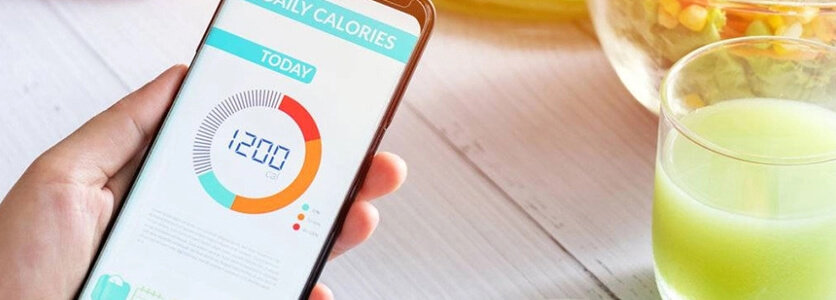Every living body needs energy to function. It is not just about the energy for jumping, dancing or running.
Even in-body activities such as protein synthesis, maintenance of body temperature, cardiac output, respiration, muscle functions, storage and metabolism of food sources, need energy.
You are what you eat
Did you know that more than 95 per cent of the food you eat provides your body’s energy needs? Carbohydrates, protein and fat — these are dietary components that are sources of energy for your body.
While carbohydrates and fats are completely digested in the body, protein is only partially digested.
Whatever is undigested becomes excretion of urea and other nitrogenous products. Meanwhile, whatever is digested and absorbed from your gastrointestinal tract produces energy.
Whenever there is excess energy and unused at that, it is stored as adipose tissue. Adipose tissue is commonly known as body fat. It is found all over the body; under the skin as subcutaneous fat, wrapped around internal organs as visceral fat, in between muscles, within the bone marrow and in breast tissues. This leads to an increase in total body fat.
In short, if you don’t use the energy that you produce from your food intake, you gain weight. But with a little knowledge, you can strive for energy balance that will help you manage your weight better.

Start counting calories
The unit for measuring body energy is called kilocalories. For every gram of carbohydrate or protein digested, the yield is four kilocalories. However, for every gram of fat digested, the yield is around nine kilocalories. Plainly put, fatty foods are high in calories.
If you wish to manage your body weight, it is advisable to take note of your calorie count based on your food intake. With some discipline, counting calories can help you stay within your daily calorie requirement. This is called energy balance.
However, if your calorie count goes beyond your calorie requirement, you need to burn those extra calories (this is where exercise comes in), failing which, the unburnt calories will result in adipose tissues and settle in your body as fat.
Here is an example. If your required calorie intake is 1500 a day, this means you only need that much energy to get through your day. But, say you consume 2000 calories. Now, you have an excess of 500 calories. If you don’t burn 500 calories, you gain weight.
Nowadays, there are multiple apps to help you keep track of your energy expenditure. Not only can you note down your daily calorie intake, but you can also find out how many calories you burn from your physical activities.
If you are striving towards energy balance, monitoring the above details is a step in the right direction.
Burning energy round the clock
Did you know that even when you are at rest, your body still burns calories? Not as much as when you are active of course, but still, there is some in-body activity going on that relies on energy. Even breathing needs energy! Resting Energy Expenditure or REE is the amount of energy needed when we are at rest. It represents the calories required by your body during a non-active period. Your REE is influenced by age, sex, body weight, pregnancy, and hormonal status.
As you age, your metabolism slows down. The highest rate of energy expenditure per unit of body weight occurs during infancy and childhood but declines through adulthood.
For example, in your 20s, you may find that you can eat much and not gain much weight. But in your 50s, you may find it difficult to shed those extra pounds even when you eat less than before.
As a child, in-body activities work round the clock. There is a lot of energy that is going on inside a child’s body. The energy is being produced because the child is growing. But as the child grows older, they need more REE due to body physiology.
In adult life, the decline continues at approximately two per cent every 10 years because of a decline in lean body mass.
There is a significant relationship between energy expenditure and fat-free mass, body surface area, and body weight.
It is also interesting to note that females have a lower energy expenditure per unit of weight than males, because generally, females have a higher proportion of body fat.
Pregnancy increases energy expenditure to support fetal growth and the increase in maternal tissues.
Several hormones, including thyroxin, catecholamines, and insulin, also increase energy expenditure. Those who are obese also have a higher REE than those with normal weight.
Rich people problems
There are downsides to having easy access to rich foods (including fast food). Hence, body weight and obesity are rising in both developing and developed countries.
To maintain a stable body weight, your energy intake must match your energy expenditure in the long term for energy balance. If it far exceeds your energy expenditure, obesity becomes a risk.
Therefore, an understanding of the physiologic control of energy balance can be useful for designing interventions to tackle obesity worldwide.
As a summary, by increasing the use of energy received by doing physical activities, more people will start moving (literally!) to the regulated zone of energy balance. As a result, you will have better body weight control!
This article first appeared in Sinar Daily, 12 April 2022.
Share:
Was this article helpful?
Share:
Was this article helpful?
Health Packages
Elevate your health with tailored health packages at Columbia Asia Hospital. Take charge of your health journey today.

